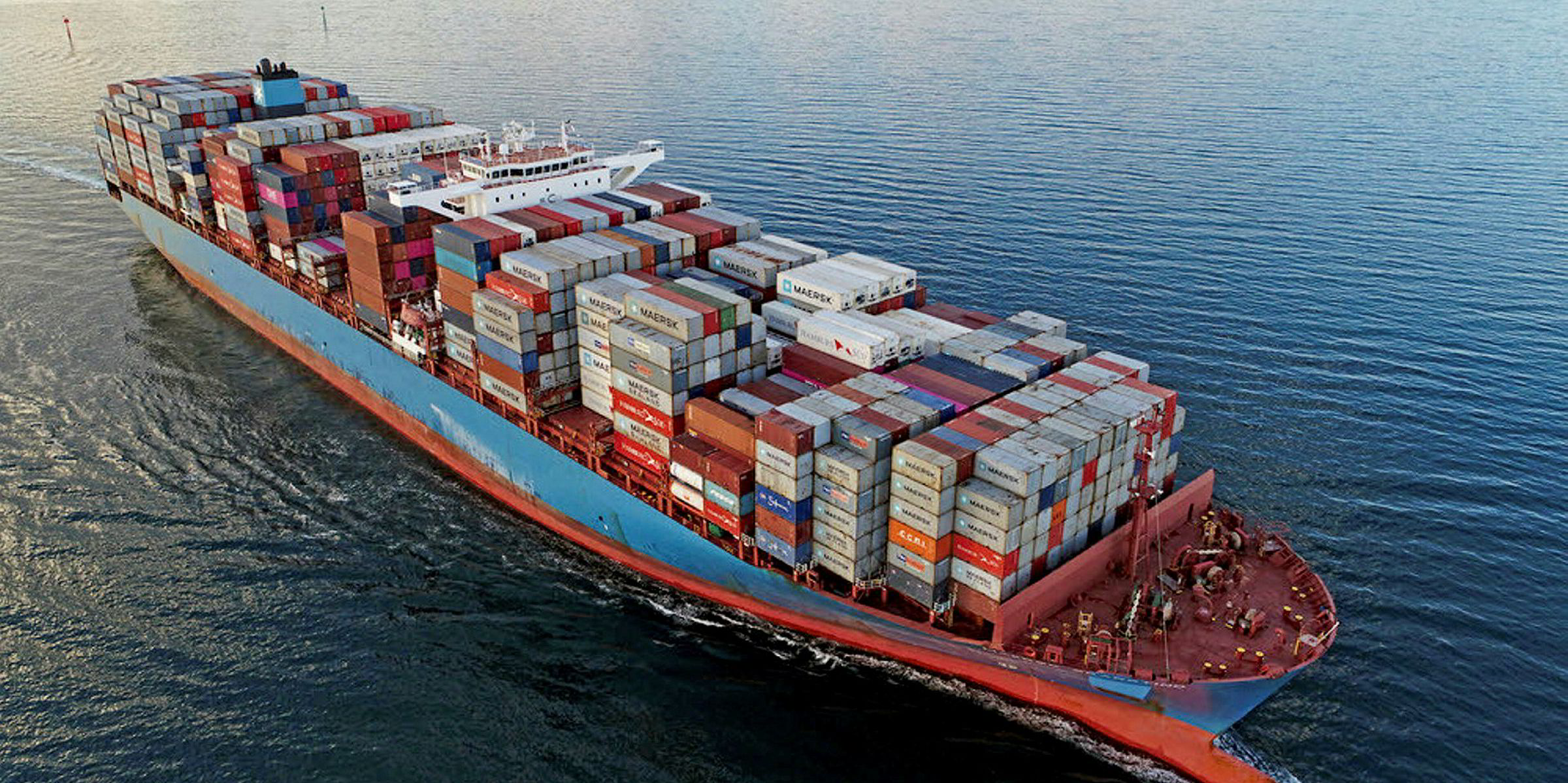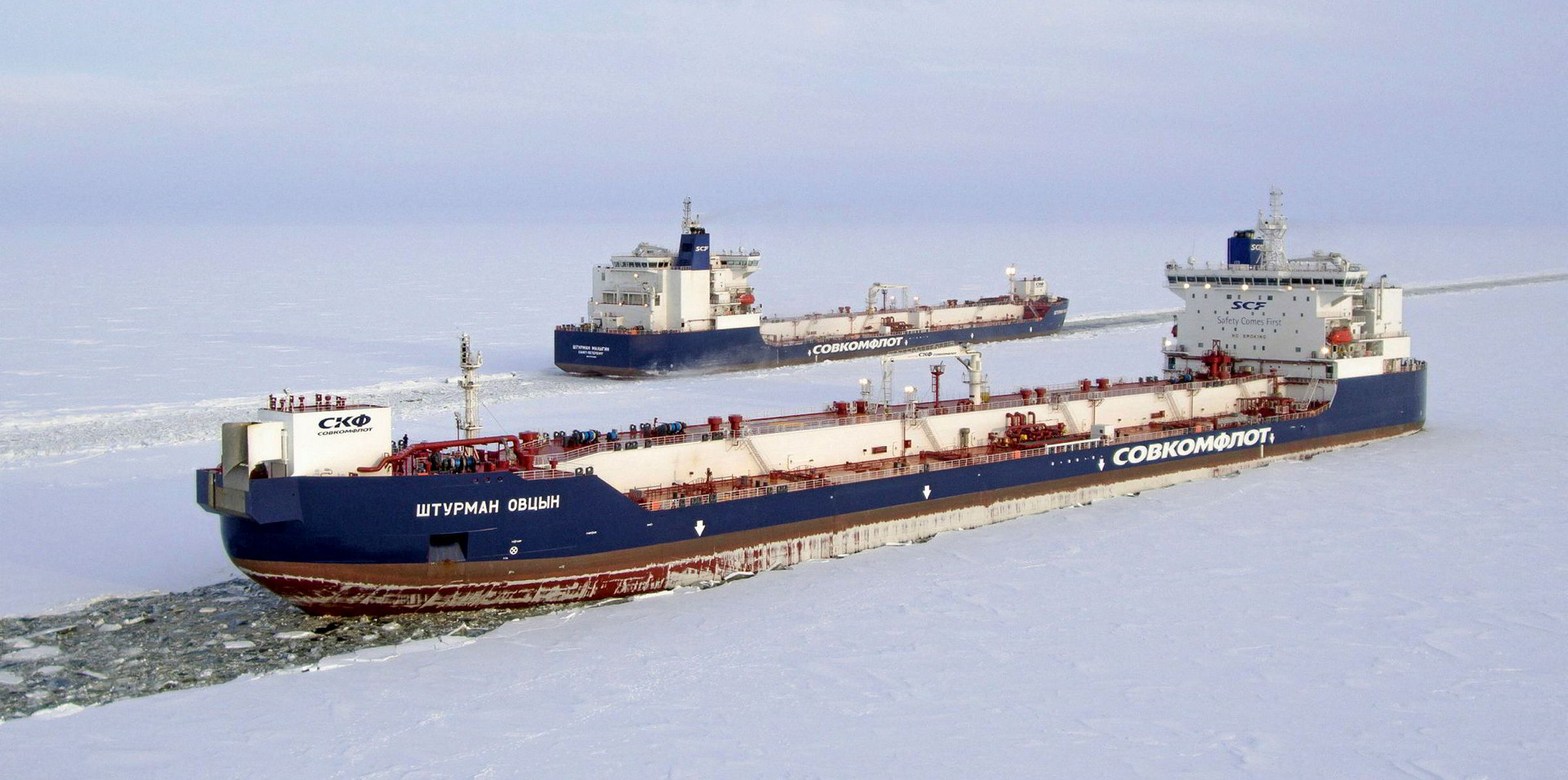As shipping seeks the next generation of eco-fuels to help the industry reach zero emissions, it could be time to press the nuclear button for vessel propulsion.
That is the argument made by law firm Campbell Johnston Clark's senior associate James Clayton, who believes atom-smashing could be the unspoken solution to the industry's decarbonisation quest.
Hydrogen, methanol and ammonia have all been suggested as viable alternatives. But there is strong new evidence to suggest that — on capital expenses, operating expenses and environmental grounds — nuclear energy emerges as the most promising power source for owners seeking to cut emissions, he said.
The development of cheap, small and light liquid fluoride thorium reactors (LFTR) could bring the technology within reach.
They could reduce environmental impact by 90% when compared to LNG, Clayton added.
Miracle fuel?
Fuel efficiency is around 99% and meltdown is not possible given the fuel is liquid in form.
There is an abundance of thorium in the earth’s crust and the mining and extraction process is far safer that mining uranium, Clayton said.
"What is most important about thorium, is that one tonne can produce as much energy as 200 tons of uranium, or 3.5m tonnes of coal," he added.
Not only is the complete recycling of a nuclear ship now possible, but LFTR waste would return to background radiation levels after being stored for 300 years, against thousands of years for normal reactor waste.
Clayton admitted substantial initial investment would be required, but considerable long-run savings would be available.
Refuelling time would be cut and the fuel is relatively cheap.
"Space previously required to store bunkers could be used to carry additional cargo," Clayton said.
"Importantly, nuclear powered vessels would be able to achieve faster transit times, giving them a considerable competitive advantage and allowing them to charge a premium for carriage."
Serious cash needed
Estimates suggest that with a $5bn investment, a viable reactor solution could be generated within five years, the lawyer added.
"Therefore, for nuclear powered merchant vessels to become a reality, coordinated participation is required from all aspects of the maritime industry," he said.
"Industry leaders need to take the initiative and act. Like Tesla sparking the industry for electric cars, it will take a forward thinking and ambitious industry leader to take the first step."
Such action, alongside technological advancement like autonomous shipping, could serve as a catalyst for a new era of green shipping.
Big boxships primed?
The lawyer suggests ultra large containerships could be early candidates, because the high-power outputs available would complement the operational profiles of these vessels.
"As they predominantly ply liner trade routes, only the relevant ports of call would need to adapt, meaning that the number of ports handling nuclear powered ships (with higher safety standards, systems for refuelling, the ability to carry out repairs etc) would be limited," Clayton said.
There is also the possibility of developing ships whose nuclear power plants could be separated and wait outside ports while docking and cargo transfer takes place.
"While there are undoubtedly hurdles that must be overcome before nuclear power can be adopted within the shipping industry, its sustainability from both environmental and economic standpoints suggest that it is a propulsion option that has for too long been neglected," Clayton argues.
Danish boxship giant Maersk told TradeWinds it is not considering nuclear power on its ships due to cost, crewing, regulatory and publicity issues.
"Nevertheless, please note that nuclear is a solution for the power sector and could be an energy source for eco-fuels eg methanol," a spokeswoman added.
Shipping's nuclear history
Nuclear power in shipping is not totally new, of course.
In 1959, the NS Savannah, a 14,000-gt ship was launched in New Jersey, US, as the world's first nuclear-powered cargo and passenger vessel.
It cost the US government $50m — around $440m today — and was built more to demonstrate the potential of nuclear energy in shipping than for commercial viability, Clayton said.
Nevertheless, during six years in service, it travelled 724,000 km and was visited by 1.4m people.
And several Russian nuclear powered ice-breaking ships currently operate, as well as around 700 naval ships.
Cooperation required
Turning to legal questions, Clayton said coordination would be required between the respective major regulatory bodies.
The IMO would need to adapt and update existing legislation. Classification societies would need to work alongside technical experts to develop appropriate safety standards and flag states would be responsible for implementing local legislation governing workers' health and safety rights.
Clayton said the IMO has already developed the Code of Safety for Nuclear Merchant Ships (INF).
"While elements of it are outdated, these could be amended with reference to the INF code," he said.
There is no current specific insurance regime designed to cater for nuclear powered vessels, but this could be annexed to a conventional policy to provide a solution.
"While underwriters would initially be at a disadvantage when it came to price such a policy, given there is currently no substantial data that could be used to establish limits for this insurance, the market, and in particular Lloyd’s of London, has a record of underwriting the unknown," Clayton said.






